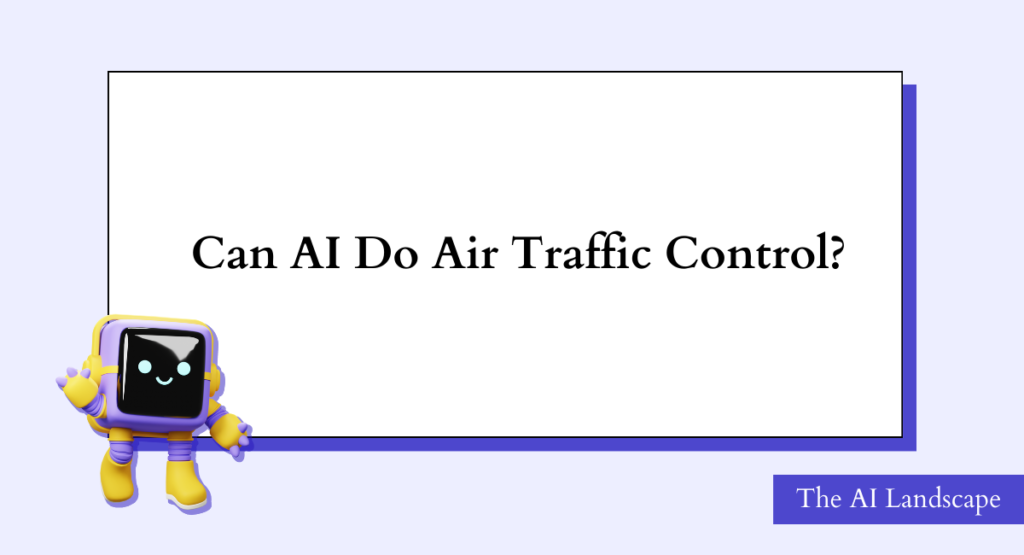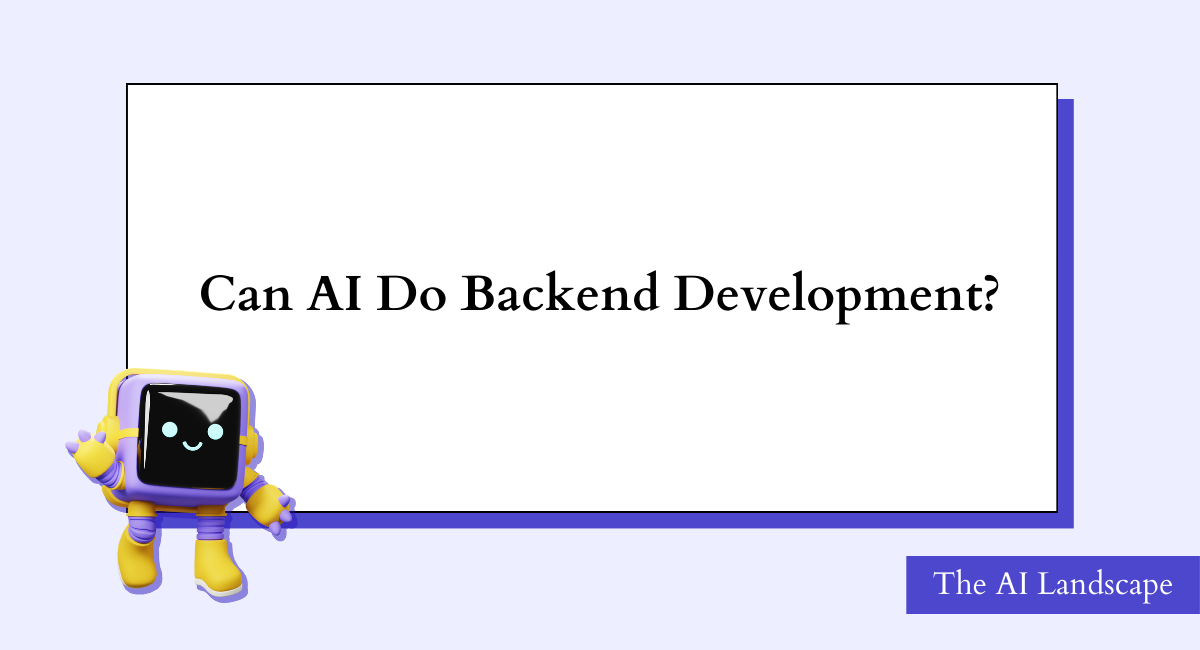AI can’t fully replace air traffic controllers (ATCs) yet, but it’s playing a growing role. AI excels at crunching data and optimizing routes, aiding ATCs in preventing congestion and delays.
However, AI lacks the human touch for critical decision-making and handling emergencies. So, expect AI to assist ATCs, not replace them, in the foreseeable future.
What is Air Traffic Control?
Air traffic control (ATC) is an important service that ensures air traffic’s safe and efficient flow in designated airspace. Skilled air traffic controllers, often stationed in towers or centers, use radar and radio communication to monitor the position, altitude, and speed of aircraft.
They issue clearances, instructions, and advisories to maintain separation between planes, prioritize landings and takeoffs, and optimize traffic flow for on-time departures and arrivals.
ATC plays a critical role in the seamless operation of global aviation, ensuring the safety of passengers and crew while maximizing airspace utilization.
How AI Can Be Used In Air Traffic Control?
AI is transforming air traffic control (ATC) in several ways by making the skies safer, smoother, and more efficient.
Here are some key areas where AI is taking flight:
1. Optimizing Traffic Flow
AI algorithms can analyze vast amounts of data on weather, aircraft performance, and historical patterns to predict traffic flow and potential bottlenecks(if there).
This allows controllers to proactively adjust flight paths and clearances, minimizing delays and congestion.
2. Conflict Detection and Resolution
AI can instantly identify potential conflicts between aircraft, even considering factors like wind and turbulence.
By predicting and resolving these conflicts well in advance, AI can help controllers maintain safe separation between planes.
3. Management Based On Weather
AI can analyze weather data to predict and track storms, turbulence, and other hazards.
This allows controllers to reroute flights around bad weather, ensuring passenger comfort and safety.
4. Automated Tasks and Decision Support
Artificial Intelligence technologies can handle repetitive tasks like monitoring flight data and generating routine clearances. This frees up controllers’ time and mental energy for critical decision-making and handling emergencies.
It’s important to remember that AI is not meant to replace air traffic controllers. Instead, it’s a powerful tool that can augment their skills and decision-making, making the skies safer and smoother for everyone.





